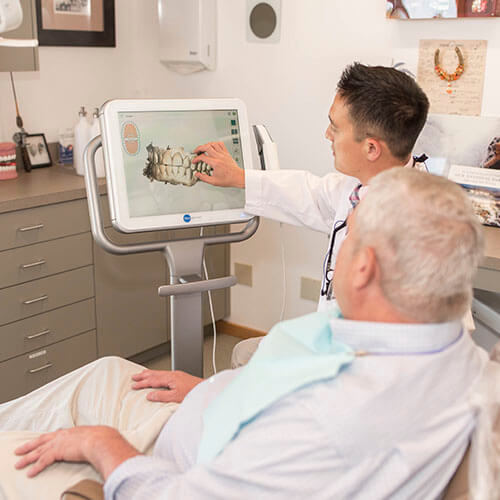For a dentist, there are very few things that are harder to decide than whether to save or remove a problem tooth. Losing a tooth can potentially have a major impact on a patient’s ability to chew.
A lost front tooth can have a major impact on self-image and confidence. So why does the dentist sometimes tell you that your broken tooth can be saved and other times they say the tooth needs to be taken out?
For today’s article we want to put you in the mind of a dentist as we decide whether or not a tooth can be saved.

For today’s article we want to put you in the mind of a dentist as we decide whether or not a tooth can be saved.
Can the Tooth be Saved?
The biggest factor a dentist looks at when deciding if a tooth can be saved is how much “good” tooth structure there is left. If the tooth is broken at the gumline and has a big cavity that goes down to the bone then there is little hope that the tooth can be saved.
However, if there is at least a couple millimeters of healthy tooth this can be enough to help stabilize a crown. So if you ever wonder why your dentist keeps looking at the x-ray and poking and prodding your gums, they are trying to decide how much “good” tooth structure you have left.
Warning Signs
As we look at the history of the tooth in question here are some things that are warning signs that the tooth may not be savable:
– The tooth is very loose
– The tooth is completely broken off below the gumline
– There is a dental abscess in the area
– The tooth has had more than one root canal done on it

Many Treatment Options Available
While the decision to save or extract a problem tooth is not an easy one, it’s important to remember that there are many treatment options available in the event that a tooth does need to be removed.
Dental implants, bridges and removable partial dentures are all options for replacing a lost tooth. Hopefully this article has helped put some perspective on what a dentist has to think about when evaluating the future of a problem tooth.
And remember, the best way to avoid having a problem tooth in the first place is to have great home hygiene and frequent preventative cleanings and exams at the dental office!!
